Mystery of Machu Picchu
The Lost City of the Incas

History of the discovery of Machu Picchu
For a long time, Machu Picchu, also known as The Lost City of the Incas, was considered a mere Peruvian legend. Discovered in 1911 by an American archaeologist, Hiram Bingham, the Machu Picchu ruins are neatly hidden at nearly 2,300 meters above the ground by dense vegetation. Lost in the peaks and fog of the Andean Mountains, the lost city of Machu Picchu attracts many curious tourists every year and is the main attraction of Peru. In order to get there, it is necessary to take a hike on a cliff side trail, the Inca Trail, which leaves from Cuzco and leads to the Machu Picchu ruins through the mountains.
Machu Picchu purpose
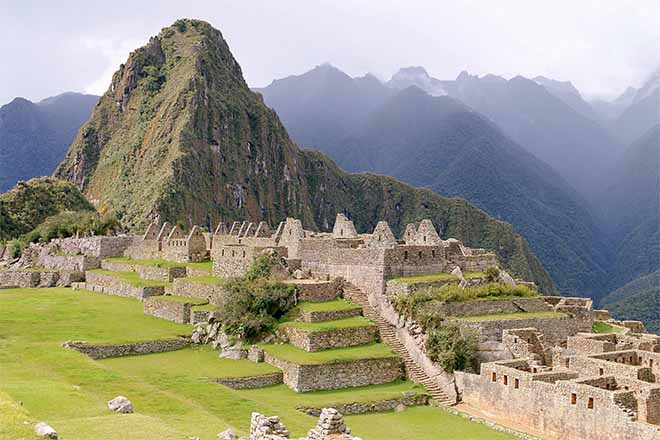
Built according to the reinforced citadel model and often compared to a sort of pre-Columbian Pompeii, the lost city of Machu Picchu seems to have been the home of Peruvian high society. Its purpose would have been primarily religious; a sort of sanctuary in the clouds. Composed of numerous terraces and fountains supplied in water by an ingenious aqueduct system, the Machu Picchu site also had a second function, that of place of worship where rituals were performed.
Others claim that the lost city of the Incas served as a refuge for travelers and pilgrims; the picturesque panorama is breathtaking and immediately has a soothing and relaxing effect. Out of this world, a regenerative energy emerges from the calm and misty sky surrounding the Machu Picchu site and is conducive to the healing of ills. Many legends also say that the fabulous treasure of the Incas would be hidden somewhere near Machu Picchu city in the middle of the Amazon rainforest.
The mystery of Machu Picchu construction
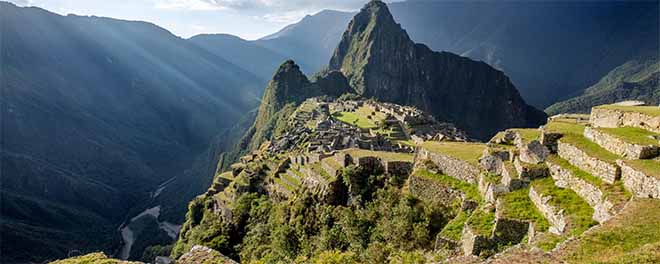
At such height in the mountains, it is hardly conceivable to build an acropolis of this kind without resorting to the most daring means imaginable. When we know that Incas did not even have knowledge of the wheel and even less writing, such edification is a true marvel. Some of the blocks used for the Machu Picchu construction weigh nearly 200 tons and had to be transported over very long distances through the Amazon rainforest and winding paths with steep slopes. In addition, the plateau of the Machu Picchu site was originally only made of rocks and it took Incas no less than 25 000 tons of ground to erect the foundations of the mythical lost city. Carrying such amounts of soil taken much further downhill had to be a colossal job.
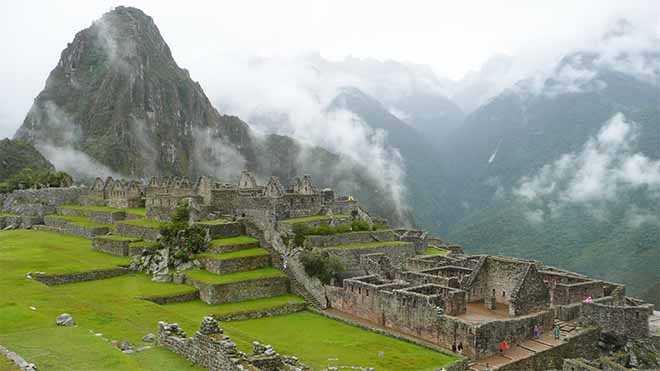
Several researchers believe that Machu Picchu construction began around the year 1400 AD but some scholars argue that the site of the city is much older and dates back to ancient times. The Machu Picchu city would've been founded over ancient ruins belonging to an unknown and long gone civilization. Scientist studies have estimated the site to be around 5000 years old. The Machu Picchu architecture is so unique and enigmatic that the city is now considered as heritage of humanity.
Machu Picchu attractions
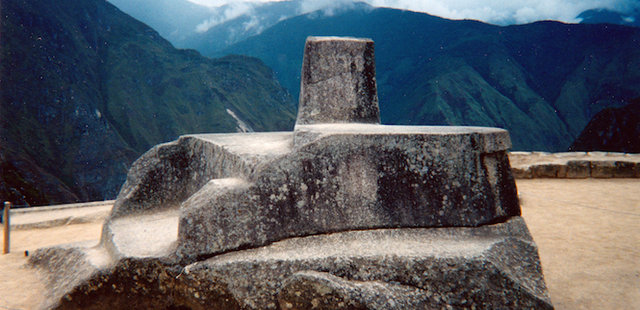
Intihuatana, nicknamed the navel of the world and also known as The Hitching Post of the Sun, is a stone table (an altar) used during rites and sacrifices made in tribute to the sun god, Inti. Intihuatana is the emblem of Machu Picchu city and would have an association with the calendar and astronomical clock of Incas.
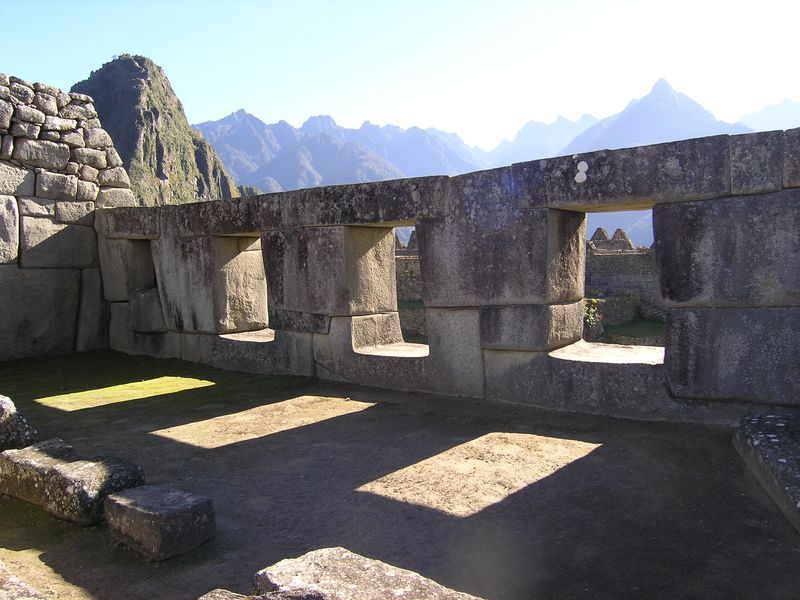
Another attraction of Machu Picchu, the Temple of the Three Windows, was possibly used as an astronomical tool to identify solstices and equinoxes.
The origin of depopulation
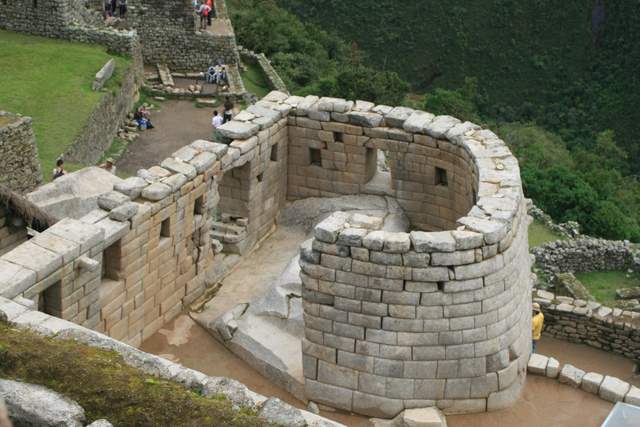
Nowadays, the causes of the Machu Picchu depopulation remain completely mysterious. Theories to explain the abandonment of The Lost City of the Incas are as numerous as they are fanciful: intestine wars, pest outbreaks, extraterrestrial invasion ... The most crazy assumptions make reference to the use of alien technologies when building antique wonders of the world like the lost city of Machu Picchu, the pyramids of Giza, the Stonehenge rocks and more. Beings from distant galaxies would have brought with them knowledge and instruments so advanced that they would've allowed the feats of the greatest civilizations before disappearing with them.









































































































































































































































































































































